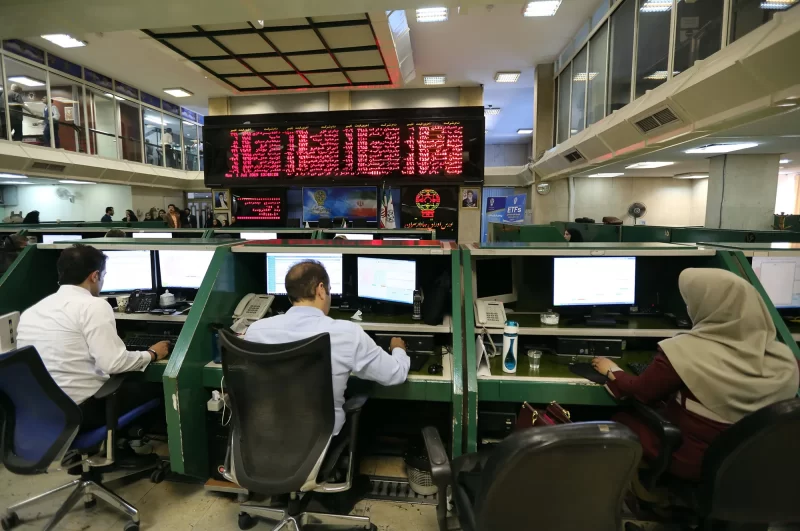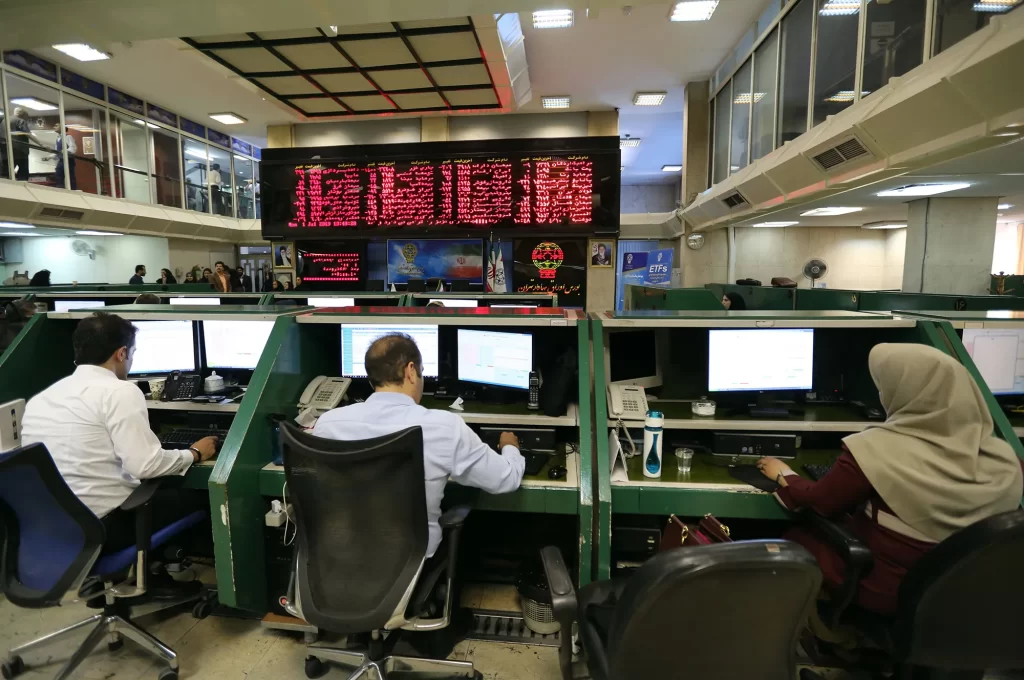Getting started with Forex trading can feel like a huge challenge, especially with all the information floating around. It’s easy to get overwhelmed by the charts, economic terms, and the constant market fluctuations. But here's the good news: it doesn’t have to be that way!
With the right strategies, you can start making sense of it all and build your confidence step by step. That’s why we've put together the top 5 Forex market research strategies specifically for beginners. These are the kind of strategies that will help you grasp the basics, understand market trends, and start making more informed decisions.
#1. Understand Fundamental Analysis
So, what exactly is fundamental analysis, and why should you care about it in Forex trading? Well, fundamental analysis is all about understanding the big picture factors that affect a country’s currency. Things like the economy, politics, and even major news events can all play a role in how a currency moves.
There are some key economic indicators you’ll want to keep an eye on, like GDP (Gross Domestic Product), inflation, and interest rates. These indicators give you clues about how strong (or weak) an economy is, which in turn affects the value of its currency.
One handy tool for this is an economic calendar. It shows upcoming reports and events that could impact the market. By checking the calendar, you can try to predict how the news might move the currency—you'll know when things could get a little shaky or exciting.
For beginners, the best place to start is by following the major news and any announcements from central banks. These can have a huge impact on currency values. A heads-up from a central bank about changing interest rates, for example, can make prices jump or drop pretty fast, so it’s important to stay tuned!
#2. Master Technical Analysis Basics
Technical analysis might sound fancy, but it's really just about understanding price charts to predict what might happen next. When you look at a chart, you're seeing how the price of a currency has changed over time. Learning to read these charts is a big part of making good decisions in Forex trading.
One of the key things you need to understand is support and resistance levels. Think of support as the price level where people tend to buy, preventing the price from falling further, and resistance as the point where they start to sell, stopping the price from going up more. These levels help you figure out when to buy or sell.
You’ll also hear a lot about basic indicators like Moving Averages, RSI (Relative Strength Index), and MACD (Moving Average Convergence Divergence). These indicators can help you spot trends, figure out if a currency is overbought or oversold, and find good entry and exit points for your trades.
The best way to get comfortable with all of this? Use a demo account! Practicing on a demo account means you can try out all these tools without risking any real money. It’s a great way to learn how charts work, test different strategies, and build your confidence before you trade for real.
#3. Follow Market Sentiment
Understanding market sentiment is all about figuring out how other traders are feeling about a currency pair at any given moment. This sentiment can have a huge impact on the Forex market. If most traders are feeling optimistic, they might start buying, which can push prices up. On the flip side, if the mood is negative, you might see a lot of selling, leading to price drops.
One tool that can help you get a read on market sentiment is the COT report (Commitment of Traders). This report gives you insights into what big players, like hedge funds and institutional traders, are doing. It can be a pretty good indicator of where the price movements might go next.
You should also pay attention to social media, news, and trader forums, since they can really influence market sentiment. A big news story, a tweet from an influential figure, or just the general chatter on a forum can sway what traders think, leading to some major shifts. It's super important to stay on top of news and trends, especially when they relate to interest rates or big moves in the stock market.
However, one of the key things to remember is to learn to distinguish between hype and real market shifts. Not everything you hear online is going to be true or helpful, and sometimes people get caught up in the excitement. This is where combining fundamental analysis and technical analysis helps you make better trading decisions. Use data and indicators to back up what you're seeing and avoid getting sucked into a hype trap without solid reasoning.
#4. Employ Risk Management Techniques
If there's one thing you don't want to skip in Forex trading, it's risk management. Seriously, knowing how to manage your risks can be the difference between staying in the game and losing it all. The goal is simple: protect your capital and make sure you’re never putting yourself at risk of losing more than you can afford.
One of the key ideas in risk management is the risk-reward ratio. Basically, this means figuring out how much you're willing to risk to potentially make a profit. Let’s say you’re aiming for a 2:1 risk-reward ratio—this means that for every dollar you risk, you want to make at least two dollars in return. Keeping an eye on this ratio helps you make sure your potential gains outweigh your possible losses.
Another super useful tool in trading Forex is using stop-loss and take-profit orders. A stop-loss is your safety net; it’s there to automatically close your trade if things go south, which helps you limit your losses. On the flip side, a take-profit order will lock in your gains once the price reaches your target. Both of these are key for staying safe in a market as unpredictable as Forex.
When it comes to deciding how much to invest in each trade, it’s all about position sizing. This just means calculating how big or small your trading position should be. As a beginner, it's smart to start with smaller positions—maybe just a tiny part of your overall trading capital. A lot of traders use the rule of risking only 1-2% of their trading account on a single trade. This way, even if things don’t go your way, you won’t lose a huge chunk of your money.
Pay attention to trend lines and technical factors as you set up your trades, whether you’re trading EUR/USD, USD/CAD, or another currency pair. Market analysis plays a big role here. You need to consider both technical analysis (like trend lines and indicators) and other factors like the news affecting the US dollar. Whether you’re planning for a short or medium-term time frame, managing your risk is what will keep you going in these unpredictable markets and let you stay in the game as you learn.
#5. Develop a Consistent Trading Plan
If you want to succeed in Forex trading in the long run, having a trading plan is a must. Without a solid plan, it’s like trying to navigate the market without a map—you’re just guessing, and that’s a quick way to lose money. A consistent plan keeps you focused, keeps your emotions in check, and gives you a clear path to follow.
So, what makes a good trading plan? It’s all about setting clear goals, defining rules, and laying out your strategies. You need to know what you’re aiming for—whether that’s making a certain amount of profit per month or improving your win rate. You should also set rules for how you’ll enter and exit trades, and decide how much risk you’re willing to take on each trade. This kind of structure helps keep things consistent and stops you from making random decisions.
Another big part of your plan should be keeping a trading journal. A journal is where you track all your past trades, including the good, the bad, and the ugly. Writing down what went right (or wrong) will help you spot patterns in your behavior and learn from your mistakes. It’s not the most fun part of trading, but it’s honestly one of the most important if you want to keep getting better.
You’ve got to consider the psychological aspect of trading. The markets can be emotional, and it’s easy to get caught up in the moment—whether it’s the excitement of a winning trade or the stress of a losing one. Staying disciplined is key. Stick to your plan no matter what, and avoid making emotional trades that could hurt you in the long run. Remember, trading is a marathon, not a sprint, and keeping your cool is what will set you apart from the rest.
Conclusion
Starting out in Forex trading can feel a bit like jumping into the unknown, but by using these five key market research strategies, you'll be in a much better spot to find success. Whether it's getting a handle on economic news or sticking to a solid trading plan, these tips will help you gain confidence and make smarter moves.
If you’re ready to take your Forex journey to the next level, start by practicing these strategies in a demo account. It’s the best way to build your skills without the pressure of risking real money. Just remember, the most important things in trading are patience and persistence. Keep practicing, stay consistent, and you'll see progress over time.
Also Read: The Ultimate Guide to Trading Economic News in 2024
FAQs
What is the most important strategy for beginners in Forex trading?
The most important strategy for beginners is to develop a consistent trading plan. This plan should include your trading goals, rules for entering and exiting trades, and risk management techniques. A solid plan keeps you on track and helps avoid emotional decisions.
How can I practice Forex trading without risking real money?
You can use a demo account to practice Forex trading. Demo accounts allow you to trade with virtual money in real market conditions, which helps you learn and practice different strategies without any risk.
Why is risk management crucial in Forex trading?
Risk management is crucial because it helps protect your capital and prevents big losses. Using tools like stop-loss orders, setting a risk-reward ratio, and properly sizing your trading positions can help you stay in the game even when trades don’t go your way.

















